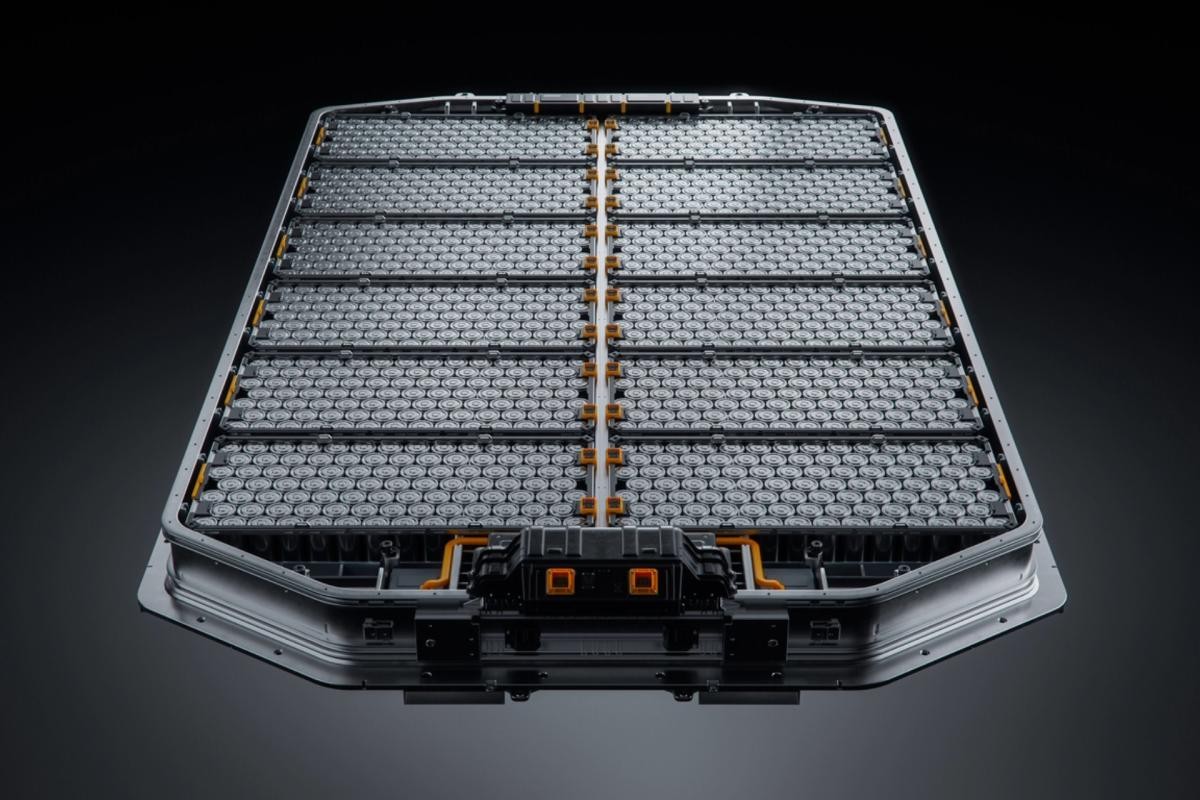
In a remarkable leap forward for energy storage technology, researchers have created a prototype battery that continues to operate even after being physically damaged or cut. This innovation could revolutionize the safety and durability of batteries across numerous applications.
The team, led by Dr. Sarah Chen at Stanford University, unveiled their creation at a press conference yesterday. "We've engineered a battery that maintains functionality when severed," Dr. Chen explained. "This addresses major safety concerns around battery use in electronics and vehicles."
Traditional lithium-ion batteries can catch fire or explode if punctured or damaged. In contrast, this new design incorporates a novel electrolyte material that allows the battery to keep working when cut into pieces.
During a live demonstration, researchers sliced the prototype in half with scissors. Astonishingly, both sections continued powering small LED lights. "The battery continues to function," Dr. Chen noted, "albeit at reduced capacity."
This breakthrough has wide-ranging implications. John Davis, an industry analyst, commented: "Imagine the potential for safer electric vehicles, more durable smartphones, or even flexible wearable devices. This could be a game-changer."
The team is now focused on scaling up the technology and improving its energy density. While commercial applications may be years away, this prototype marks a pivotal step towards safer and more resilient energy storage solutions.
As battery-powered devices become increasingly integral to daily life, innovations like this offer hope for a future with fewer safety risks and more versatile power sources. The scientific community eagerly anticipates further developments in this promising field.